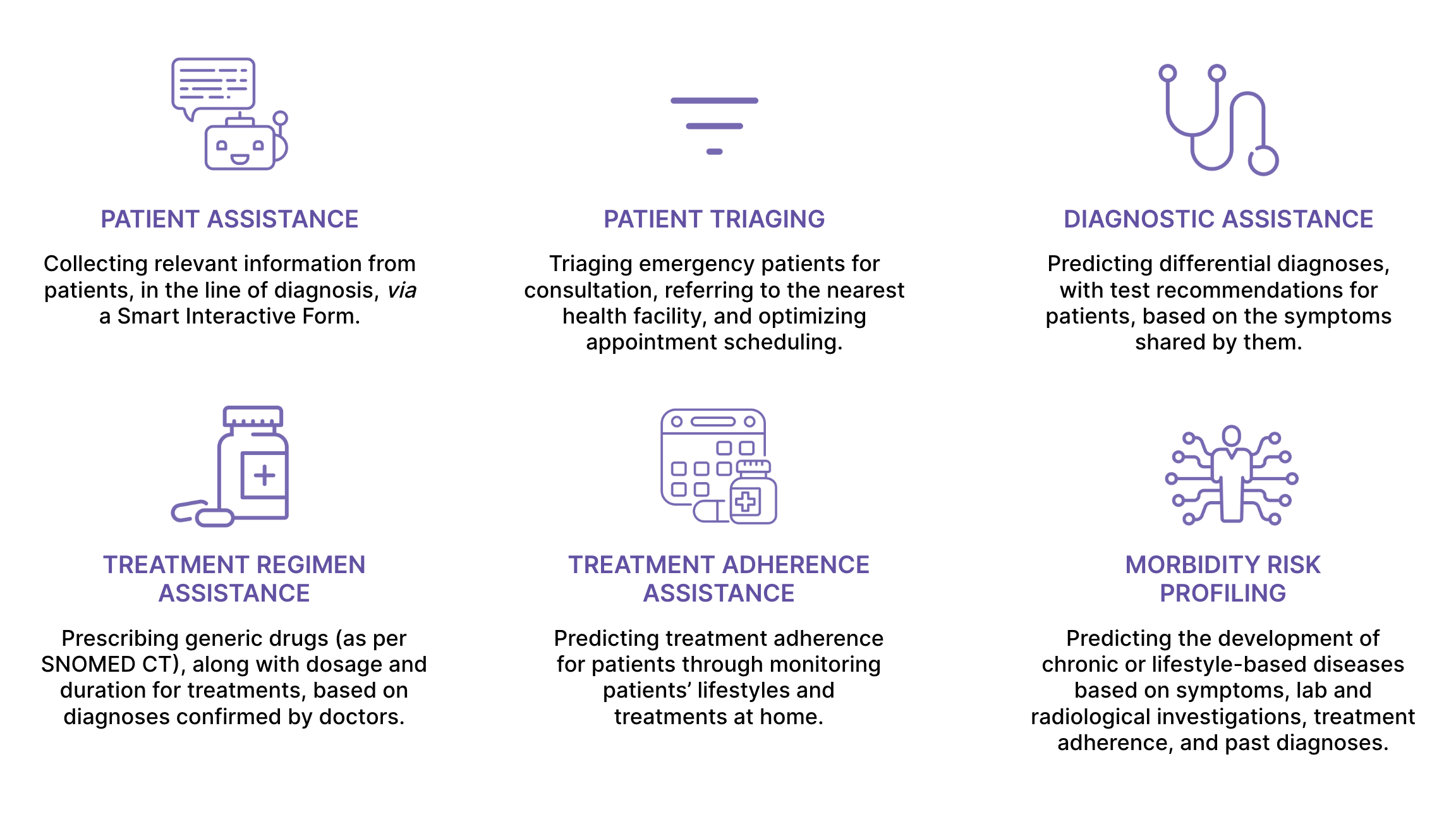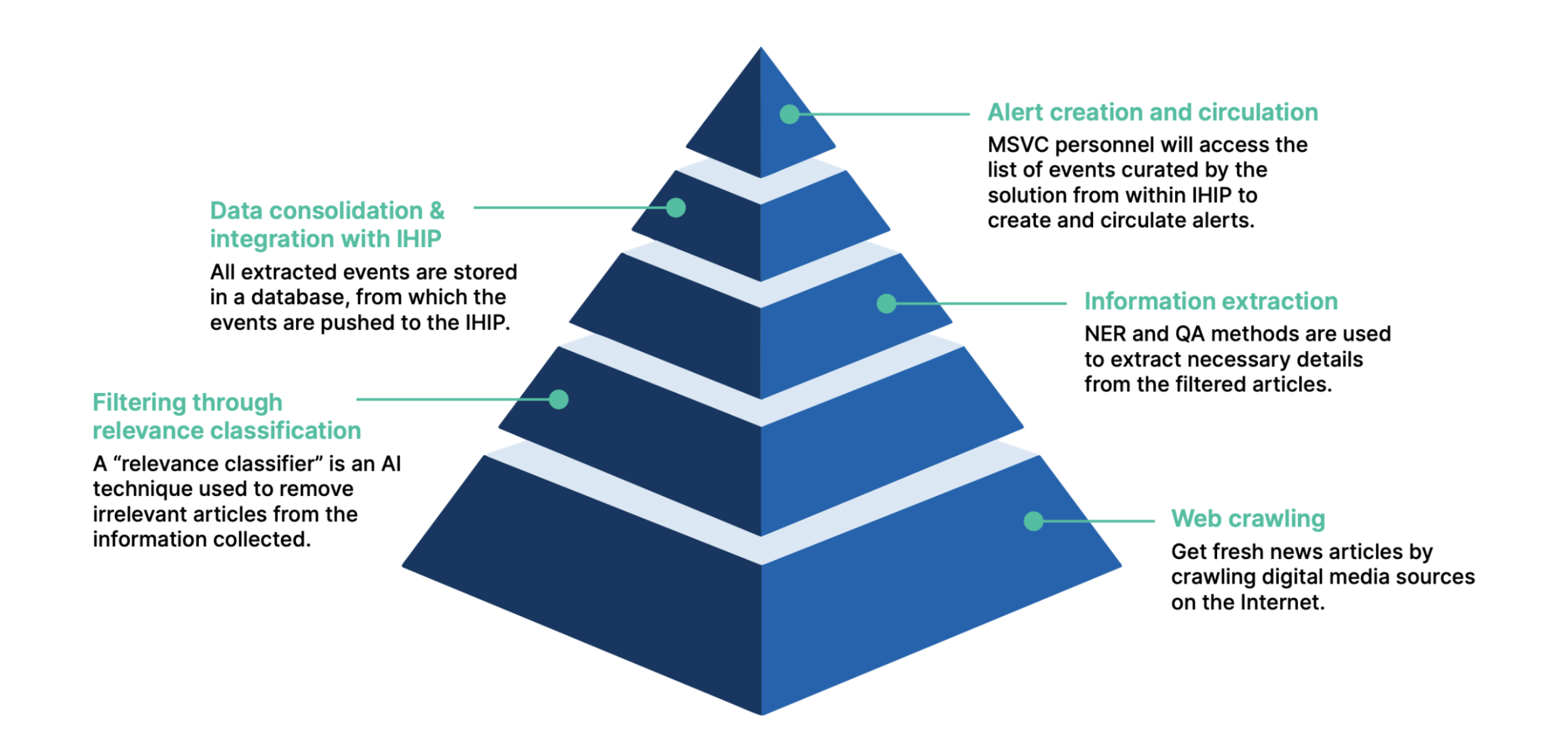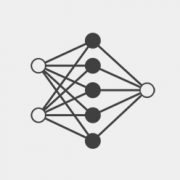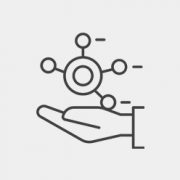In collaboration with the Ministry of Health and Family Welfare and other partners, we are currently working on a range of AI solutions to address the acute shortage of trained medical personnel and resources, and to help augment existing public health frameworks

To address the acute shortage of trained medical personnel and resources, and to help augment existing public health frameworks, Wadhwani AI is developing a suite of AI-powered tools that can assist doctors and other healthcare staff during patient consultations and provide AI-powered differential diagnosis recommendations for more efficient delivery of services in the public healthcare sector.
One such tool is a Patient Assistance solution in the form of a smart interactive form. Patients are asked to answer a series of questions in the line of diagnosis as they wait at the health facility to consult with a physician. This solution is multilingual and is able to translate patient inputs and the symptom repository in English and several other Indian regional languages.
Another tool in development is a Diagnostic Assistance solution to assist physicians during patient consultations. Based on the signs and symptoms collected via the Patience Assistance form, the Diagnostic Assistance tool suggests a list of probable differential diagnoses, along with suggestions for diagnostic tests for confirmation.

These AI tools can be incorporated with existing eOPD setups, telemedicine systems, and hospital management information systems (HMIS) that connect patients and doctors via video consultations, where doctors capture the patients’ chief complaints and prescribe medicines.
An initial version of the AI model to predict differential diagnosis based on a patient’s symptoms has been developed based on consultation data from eSanjeevani 1.0 (the GoI’s telemedicine application). These solutions are currently deployed in eSanjeevani 2.0 and passively integrated into the NIC HMIS (Hospital Management Information System) applications: eHospital and NextGen.
Wadhwani AI’s AI-powered media scanning solution for event-based disease surveillance has been deployed to actively aid the Government of India in preventing potential disease outbreaks. It automates the event-based disease surveillance system in India, which is carried out by the Government of India’s Media Scanning and Verification Cell (MSVC) as a part of the Integrated Disease Surveillance Programme (IDSP). The objective of this system is to detect and respond to disease outbreaks by generating early warning signals and ensuring that an effective and timely response to contain outbreaks can be initiated. Until recently, media scanning for this purpose has been a largely manual process in India, involving over 100,000 newspapers and digital media outlets.
The AI model scans large volumes of digital media, in English as well as several Indian languages, in order to track events that signal an impending disease outbreak and maintain a database for them. This database is then leveraged to generate alerts. The AI model automatically and continuously scrapes the web to collect data via news reports and digital media on the internet, identifies news articles that contain specific events of interest, and then extracts these selected articles to store in a database. This database is integrated into the Integrated Health Information Platform (IHIP) portal operated by the GoI. MSCV personnel will then use the database in order to keep track of potential outbreaks and create alerts when necessary for public health officials. Central Surveillance Units share the alerts with State Units, and eventually, District and Block Units will be notified, so that specific actions may be carried out.

Since our solution currently supports several Indian languages, it is able to capture local news reported in regional languages. We also provide translated versions of reported articles, so that reviewers are able to raise alerts based on articles written in a language other than those they may be familiar with—it supports media scanning of 650+ online publications across English and 10 Indian regional languages (Odia, Bengali, Hindi, Gujarati, Marathi, Malayali, Telugu, Tamil, Kannada, and Punjabi).
Our AI-powered solution for the detection of radiological features from chest X-Rays is an image-based diagnostic solution that can detect 17 features including fibrosis, effusion, oedema, lung opacity, hernia, cardiomegaly, and emphysema among others. The solution will aim to reduce the burden on radiologists, general practitioners, and lab technicians across the country by providing provisional diagnoses of the patient. This will enable radiologists to focus on high-priority patients and improve last-mile healthcare delivery at places where radiologists are not easily available and consultations can be conducted through a teleradiology platform. This solution will be deployed in eCollabDDS and NextGen Hospitals.
Interdisciplinary medical AI research requires extensive collaboration between premier institutes and diverse disciplines. AI Centres of Excellence (AI-CoEs) have been established at premier national institutes such as AIIMS Delhi, AIIMS Rishikesh, and PGIMER Chandigarh to facilitate such work. Some solutions in development include:
We are working on a solution to support medical practitioners in the diagnosis of skin conditions through images captured using smartphone cameras. Currently, the AI model we have developed for this solution has been trained on an open-source dataset and can diagnose up to 10 skin conditions, including monkeypox, chickenpox, scabies, eczema, psoriasis, and tinea. As data for other diseases becomes available for model training, the number of diseases that can be diagnosed with the solution will increase. The solution will be deployed at healthcare centres where dermatologists may not be available and support is required for the diagnosis and treatment of patients with skin conditions.
We are working on a solution to support ophthalmologists, optometrists, and healthcare workers in the diagnosis of diabetic retinopathy in patients at the last mile. This will be a classification model that will grade the severity of diabetic retinopathy in images of the posterior chamber of the eye captured through fundoscopy, enabling the healthcare worker to take effective measures for patient treatment. Currently, the model has been trained on 35,000 eye images from an open-source dataset and can potentially diagnose other features in posterior eye chambers after the model is trained on annotated image datasets. The solution will be deployed at National Blindness Centres and other primary and secondary healthcare centres for timely referral of patients to tertiary care institutes.

Wadhwani AI is a program of the AI Unit of the Lords Education and Health Society (LEHS)
© 2025 Wadhwani AI
ROLES AND RESPONSIBILITIES
An ML Engineer at Wadhwani AI will be responsible for building robust machine learning solutions to problems of societal importance; usually under the guidance of senior ML scientists, and in collaboration with dedicated software engineers. To our partners, a Wadhwani AI solution is generally a decision making tool that requires some piece of data to engage. It will be your responsibility to ensure that the information provided using that piece of data is sound. This not only requires robust learned models, but pipelines over which those models can be built, tweaked, tested, and monitored. The following subsections provide details from the perspective of solution design:
Early stage of proof of concept (PoC)
Late PoC
This is early to mid-stage of AI product development
Post PoC
Responsibilities during production deployment
We realize this list is broad and extensive. While the ideal candidate has some exposure to each of these topics, we also envision great candidates being experts at some subset. If either of those cases happens to be you, please apply.
DESIRED QUALIFICATIONS
Master’s degree or above in a STEM field. Several years of experience getting their hands dirty applying their craft.
Programming

ROLES AND RESPONSIBILITIES
As an ML Scientist at Wadhwani AI, you will be responsible for building robust machine learning solutions to problems of societal importance, usually under the guidance of senior ML scientists. You will participate in translating a problem in the social sector to a well-defined AI problem, in the development and execution of algorithms and solutions to the problem, in the successful and scaled deployment of the AI solution, and in defining appropriate metrics to evaluate the effectiveness of the deployed solution.
In order to apply machine learning for social good, you will need to understand user challenges and their context, curate and transform data, train and validate models, run simulations, and broadly derive insights from data. In doing so, you will work in cross-functional teams spanning ML modeling, engineering, product, and domain experts. You will also interface with social sector organizations as appropriate.
REQUIREMENTS
Associate ML scientists will have a strong academic background in a quantitative field (see below) at the Bachelor’s or Master’s level, with project experience in applied machine learning. They will possess demonstrable skills in coding, data mining and analysis, and building and implementing ML or statistical models. Where needed, they will have to learn and adapt to the requirements imposed by real-life, scaled deployments.
Candidates should have excellent communication skills and a willingness to adapt to the challenges of doing applied work for social good.
DESIRED QUALIFICATIONS
